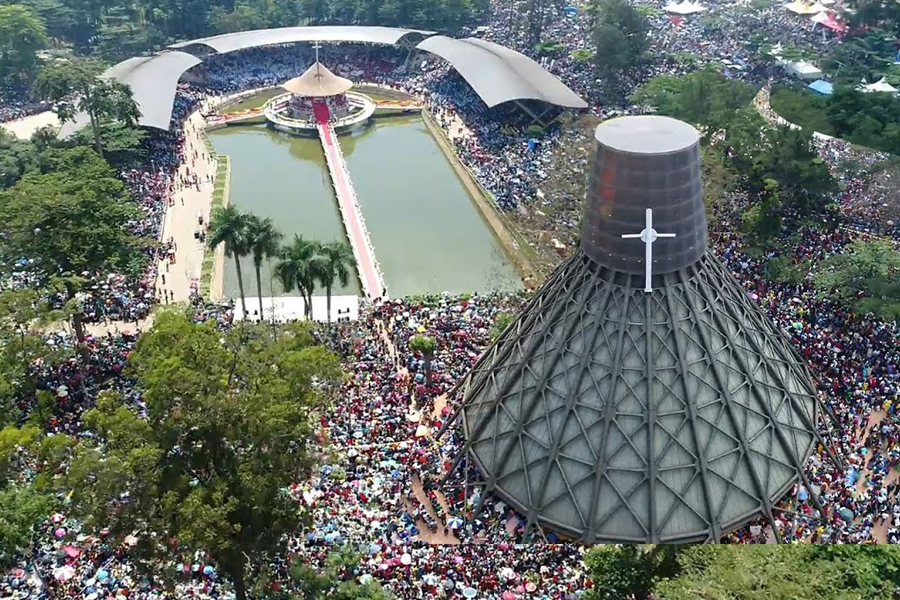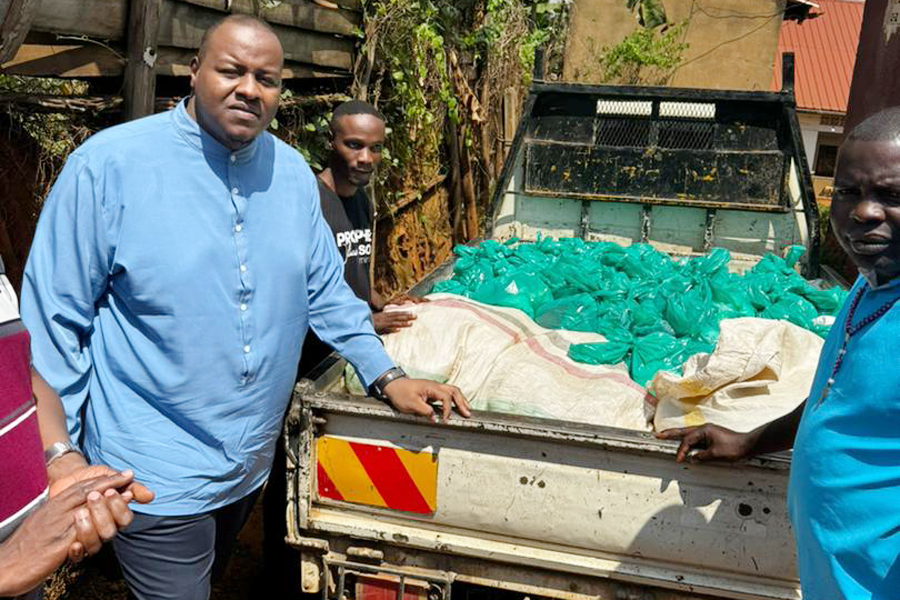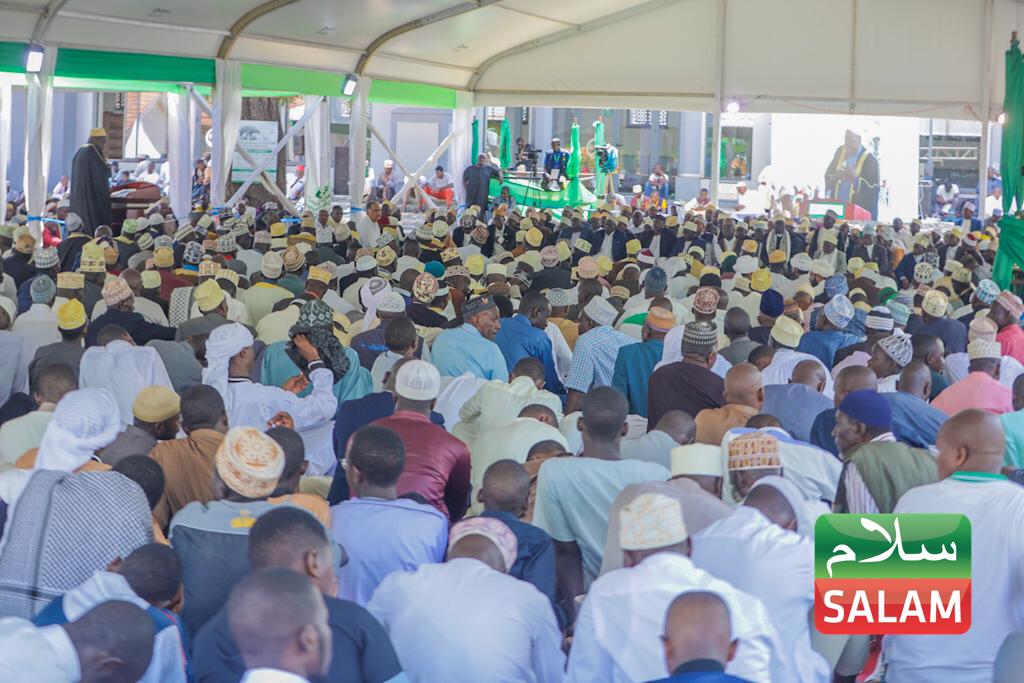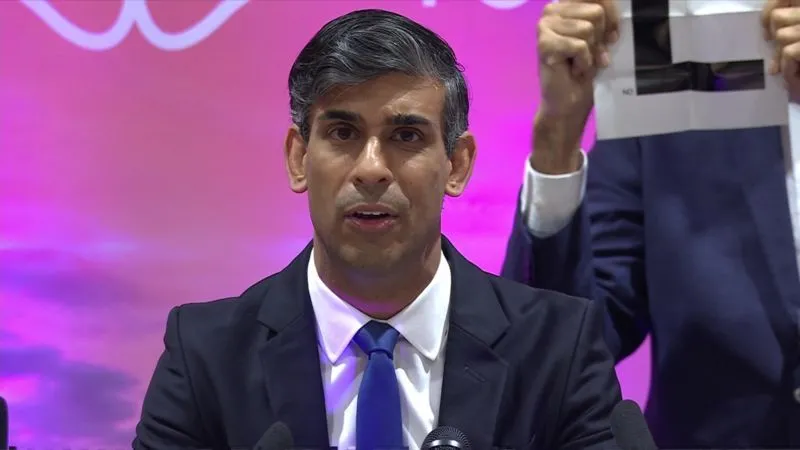Reviving the green glory of Kampala: A call to Action
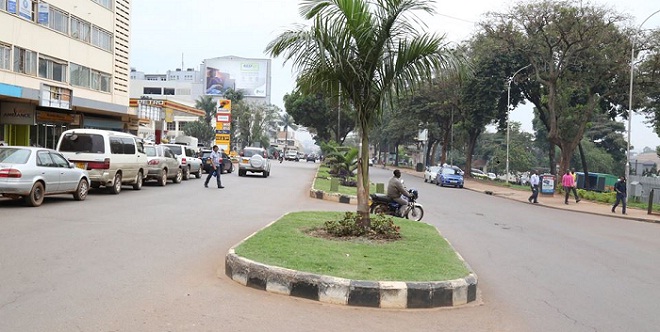
Kampala, once celebrated for its lush green belts and attractive landscapes, is now grappling with the rapid loss of these vital green spaces. The city’s iconic tree-lined avenues, verdant parks, and expansive gardens that once provided a serene escape from the urban bustle are dwindling, leaving residents yearning for the natural beauty of yesteryears.
The transformation of Kampala’s green belts into concrete jungles is stark. The pressures of urbanization, unchecked construction, and insufficient environmental policies have significantly reduced the city’s greenery. Areas like Nakasero Hill and Kololo, which were once known for their extensive green cover, now struggle to retain even small patches of grass amidst the burgeoning real estate developments.
Keep Reading
Public parks such as Centenary Park and City Square, Sheraton Gardens which used to be lush sanctuaries, have faced encroachment and degradation. In many neighbourhoods, the space once reserved for community gardens and playgrounds has been overtaken by commercial enterprises and other uses. The consequence is not just aesthetic but also environmental, with increased pollution, higher temperatures, and a loss of biodiversity becoming more apparent.
Restoring Kampala’s green heritage is not only a matter of beautification but a crucial step towards ensuring environmental sustainability and improving the quality of life for its residents. Here are several measures that can be taken to bring back the green in Kampala:
The government should enforce stricter regulations on land use and ensure that urban development projects include provisions for green spaces. Zoning laws must prioritize the conservation of existing green belts and the creation of new ones.
Mobilizing community efforts is essential. Residents and organizations can be encouraged to participate in tree planting drives, park cleanup initiatives, and the maintenance of public gardens. Community-led urban farming projects can also help utilize vacant lots.
Collaboration between the government and private sector can result in innovative solutions for urban greening. Businesses can sponsor the development and upkeep of parks and gardens, while incentives can be offered for green rooftops and vertical gardens on buildings.
Raising awareness about the importance of green spaces can drive public support and participation. Learning institutions and community centres can incorporate environmental education programs that highlight the benefits of greenery and the need for conservation.
Existing parks and gardens need to be revitalized with proper planning and resources. This includes planting native trees and plants, installing walking and cycling paths, and ensuring these spaces are safe and accessible to all residents.
Future urban planning must integrate green spaces as a fundamental component. This includes designing eco-friendly infrastructure that supports green roofs, urban forests, and sustainable drainage systems.
The green belts of Kampala, once symbols of the city’s natural charm, are rapidly disappearing. However, with concerted efforts from the government, private sector, and local communities, there is hope for restoration. By valuing and investing in green spaces, Kampala can revive its natural beauty, promote environmental health, and create a more livable city for future generations.






